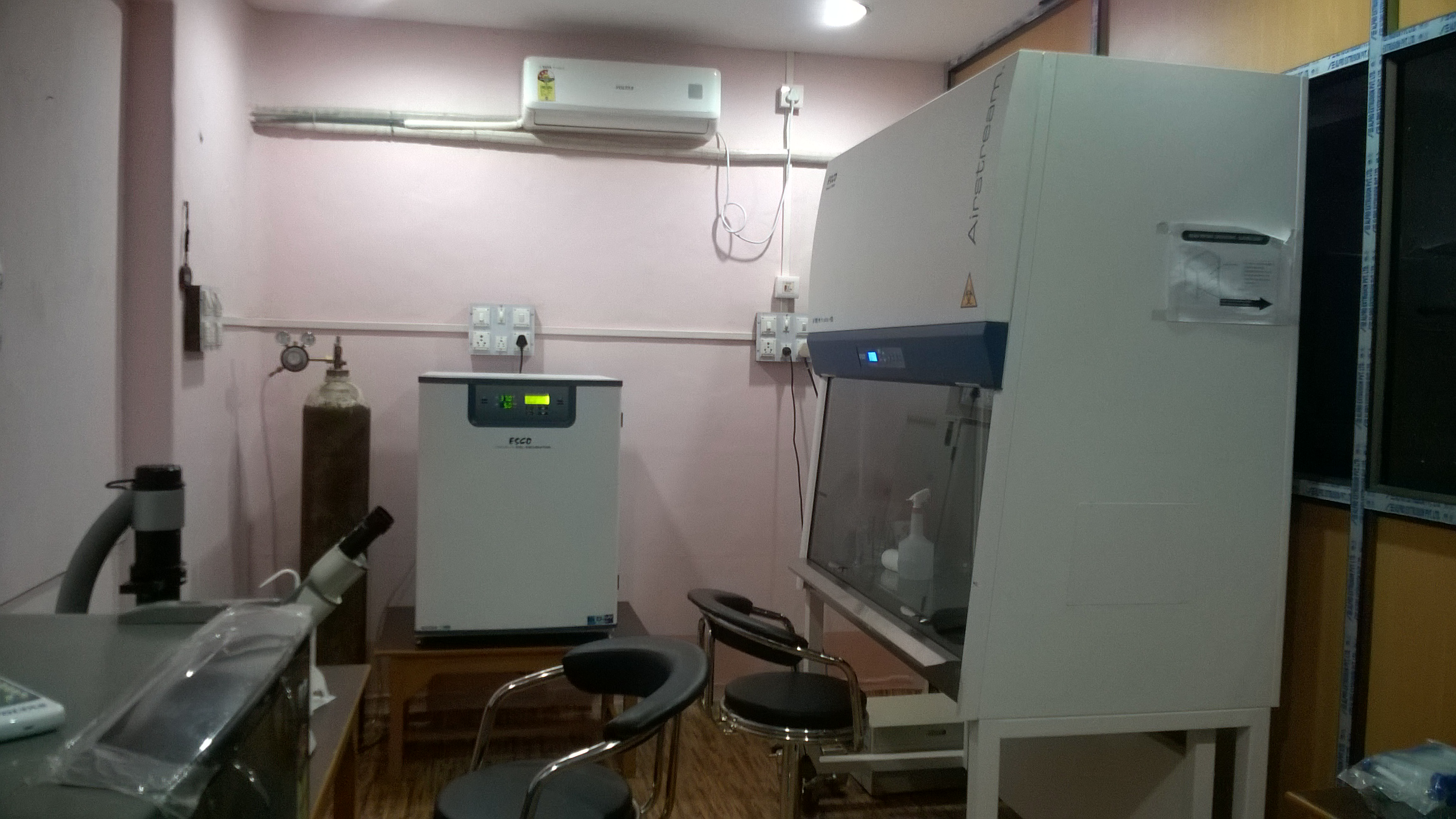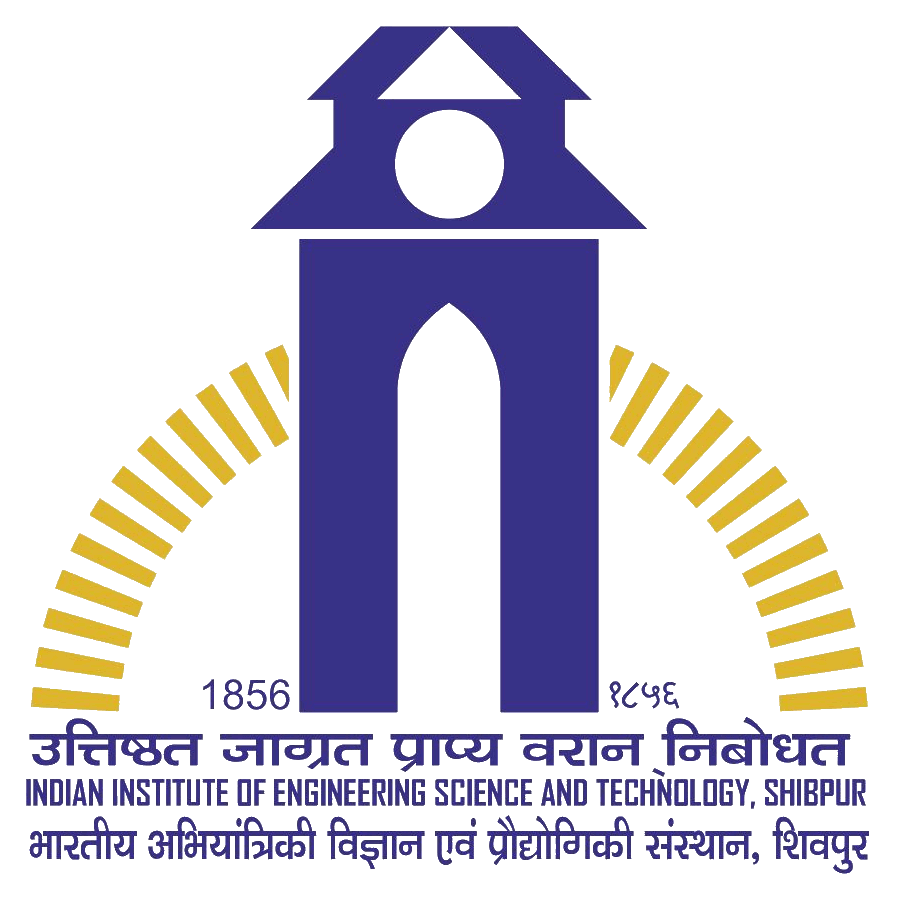
Fabrication of Honey-based Biodegradable Scaffold for Ex-vivo Expansion of Mesenchymal Stem Cells
Dr. Ananya Barui
Department of Centre for Healthcare Science and Technology
Indian Institute of Engineering Science and Technology, Shibpur
Cell-based therapy is an emerging approach in regenerative medicine that aims to restore damaged organ and tissue functions. In this approach, application of umbilical cord derived mesenchymal stem cells (MSCs) with self-renewal capacity, low immunogenecity as well as immuno-suppressive properties, draws huge attention. However, current reports indicate rapid aging of MScs under ex vivo culture accompanied by significant changes in cell properties. To harness their potential in regenerative medicine, ex vivo expansions of MSCs without compromising genetic stability with respect to cellular attachment, proliferation, differentiation and aging are important. However, role of varied extra cellular matrix (ECM) vis-à-vis physico-chemical ambience and molecular mechanisms underlying phenotypical changes of MSCs under culture conditions is yet elusive. It is reported that different mechanical forces exerted by ECM influence the differentiation as well as self-renewal properties of stem cells. Selective differentiation of MSCs can be achieved through applying mechanical forces by modulating the stiffness of scaffold. Conversely, concept of cellular bio-electrical signals in regenerative process along with cellular communication and development is a cornerstone aspect in regenerative biology. At this juncture, mimicking micro-environment of stem cell niche with suitable biomaterial matrix is challenging for sustainability as well as in inhibition of early aging and in facilitating differentiation of MSCs towards desired cellular lineage. To address this issue, there is enormous search for appropriate biomaterials and suitable bio-matrix fabrication processes. Honey, as a natural healing material with fascinating regenerative potential has been explored in fabricating biomaterial scaffold. However, more optimization is required for ex vivo harboring of MSCs. To bring specific development of biological rule-bases for matrix bio-compatibility are also very important. Hence, this study aims at developing suitable honey-biomaterial based scaffolds which can provide supportive niche for ex vivo expansion of MSCs without concomitant alteration in their phenotype.
